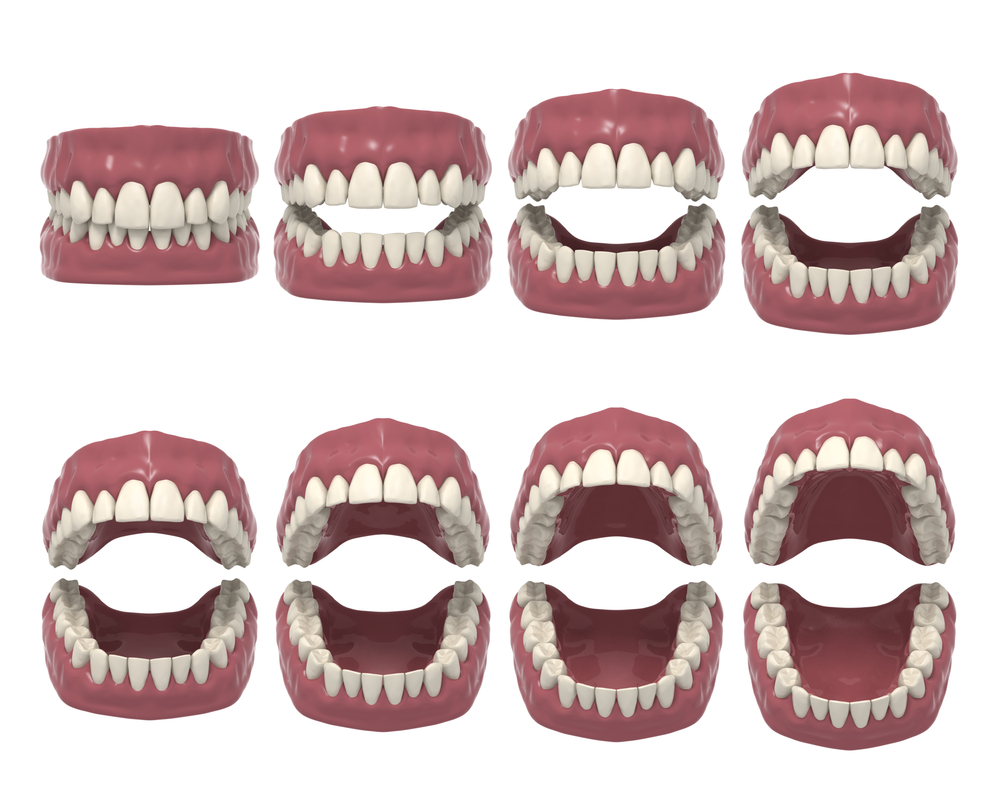Abstract
Objectives
To assess the sociomedical and oral factors affecting masticatory performance in a community-dwelling older population.
Materials and methods
Community-dwelling persons over 60 years were investigated using medical and dental oral interviews, oral and denture examination (natural teeth, tooth mobility, number of occluding tooth pairs, and removable dentures' prevalence and quality), and evaluation of masticatory performance using a mixing ability test.
Results
A total of 130 participants with a mean age of 73.9±8.5 years were recorded. Fifty-eight (44.6%) used various types of removable prostheses. Twenty were edentulous and used a pair of complete dentures. Univariate analyses revealed statistically significant associations (p≤0.05) between masticatory performance and aging, marital status, subjective chewing ability, use of removable dentures, use of various combinations of complete dentures, pain caused by maxillary denture, number of teeth, tooth mobility, posterior chewing pairs, all chewing contacts natural or prosthetic, retention of mandibular partial dentures, and dentures' occlusion. The multivariable quantile regression analysis revealed that fewer natural teeth (95% CI: −0.02–0.01, p<0.001), being edentulous and using a pair of complete dentures (95% CI: 0.09–0.35, p=0.001), and larger percentage of severely mobile teeth (95% CI: 0.07–0.82, p=0.020) we re associated with lower masticatory performance.
Conclusions
Poor masticatory performance in older adults was associated with fewer teeth, being edentulous and using a pair of complete dentures, and increased prevalence of severe tooth mobility.
Clinical relevance
Retaining the natural dentition and preventing and treating periodontal disease are important measures to maintain masticatory performance in older adults.



